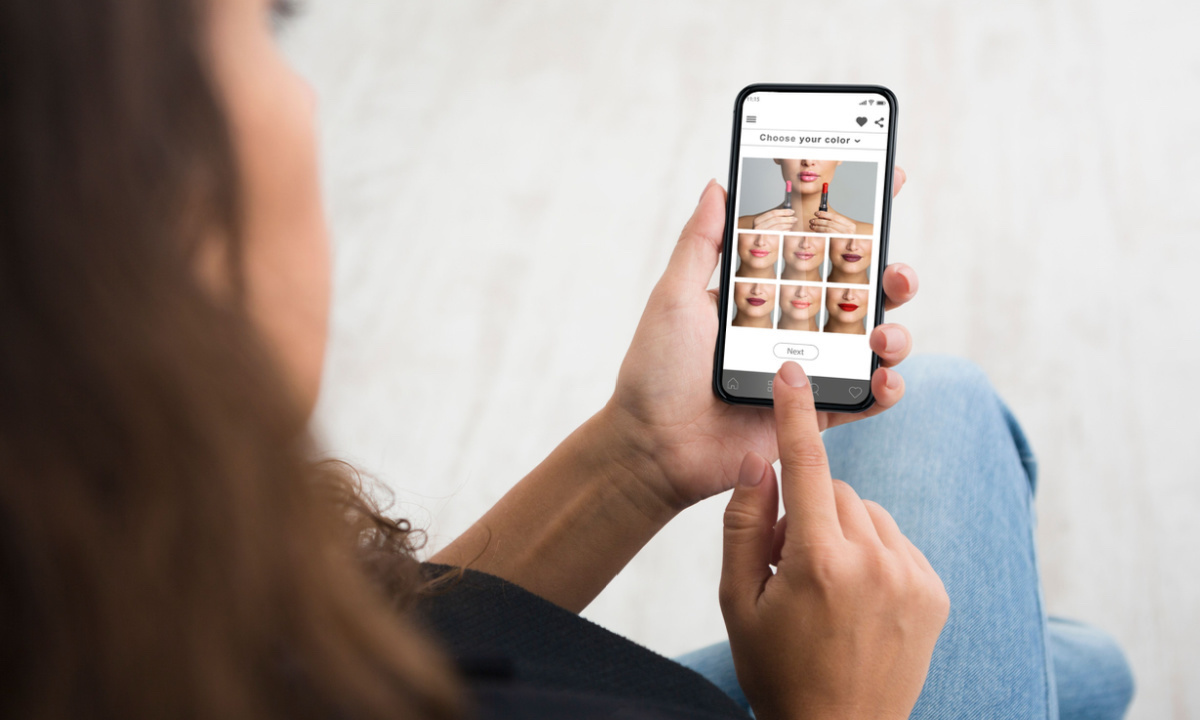Shopping
Consumers Want to Personalize Shopping With Extended Reality

As consumers demand more immersive, captivating eCommerce journeys, many are increasingly interested in adopting extended reality — augmented reality (AR) and virtual reality (VR) — to improve their shopping experience.
Take Perfect Corp., a company providing AR try-on options for the beauty and fashion industries. The company shared in its most recent quarterly earnings report Wednesday (April 24) that revenue was up 17.7% year over year, with consumer demand on the rise.
“As self-expression and creativity become increasingly important, consumers expect more personalized and diverse experiences from mobile apps,” Alice Chang, the company’s founder, CEO and chairwoman of the board, told analysts on a call.
Certainly, consumers want a personalized, relevant shopping experience. Take, for instance, targeted offers. The PYMNTS Intelligence report “Personalized Offers Are Powerful — But Too Often Off-Base,” created in collaboration with AWS, which drew on responses from more than 2,500 U.S. consumers, found that 83% of shoppers are interested in personalized offers.
Retail giants are setting their sights on the opportunity that AR and VR technologies present. Walmart, for instance, has been expanding its existing Beauty Virtual Try-On capabilities. Plus, Amazon offers a range AR trial features, including the option to view how items will look in consumers’ space as well as virtual try-on from popular brands including Adidas, Ray-Ban, L’Oreal and others.
The February launch of the Apple Vision Pro headset, which came alongside 600 new apps and games, brought a wide array of new eCommerce experiences, with retailer’s such as Lowe’s and J. Crew providing VR tools to improve the shopping journey.
Indeed, many shoppers are interested in having extended reality play a greater role in their purchasing journey, according to research from PYMNTS Intelligence’s 2023 study, the “How We Will Pay Report: How Connected Devices Enable Multitasking Among Digital-First Consumers,” which drew from a survey of more than 4,600 U.S. consumers.
Among the 95% of consumers who own or have in their homes at least one connected device, 38% said they were very or extremely interested in using VR to see how items look in their room before buying them, and 6% were already doing this. Plus, 32% said they would be similarly interested in the ability to use VR technology to buy retail products that were in a physical store from their home or office, and 4% already did this.
Immersive technologies such as VR and AR provide consumers with a deeper understanding of products compared to traditional two-dimensional images or descriptions. For example, AR allows customers to visualize how furniture will look in their homes or how clothing will fit their bodies, leading to more informed purchasing decisions and reducing the likelihood of returns, which are a hassle for all involved.
“Virtual try-on helps to reduce returns, because you get the best product, which you like [the most],” Wayne Liu, Perfect Corp.’s president and chief growth officer, told PYMNTS in a February interview.
These experiences help to alleviate uncertainties that consumers may have when shopping online, reducing the perceived risk associated with online purchases and increasing confidence.
Additionally, immersive shopping experiences can evoke emotions and create a stronger connection between consumers and brands. By allowing customers to interact with products in a more meaningful way, retailers can evoke feelings of excitement, satisfaction and confidence, which can positively influence purchase decisions and brand loyalty.









